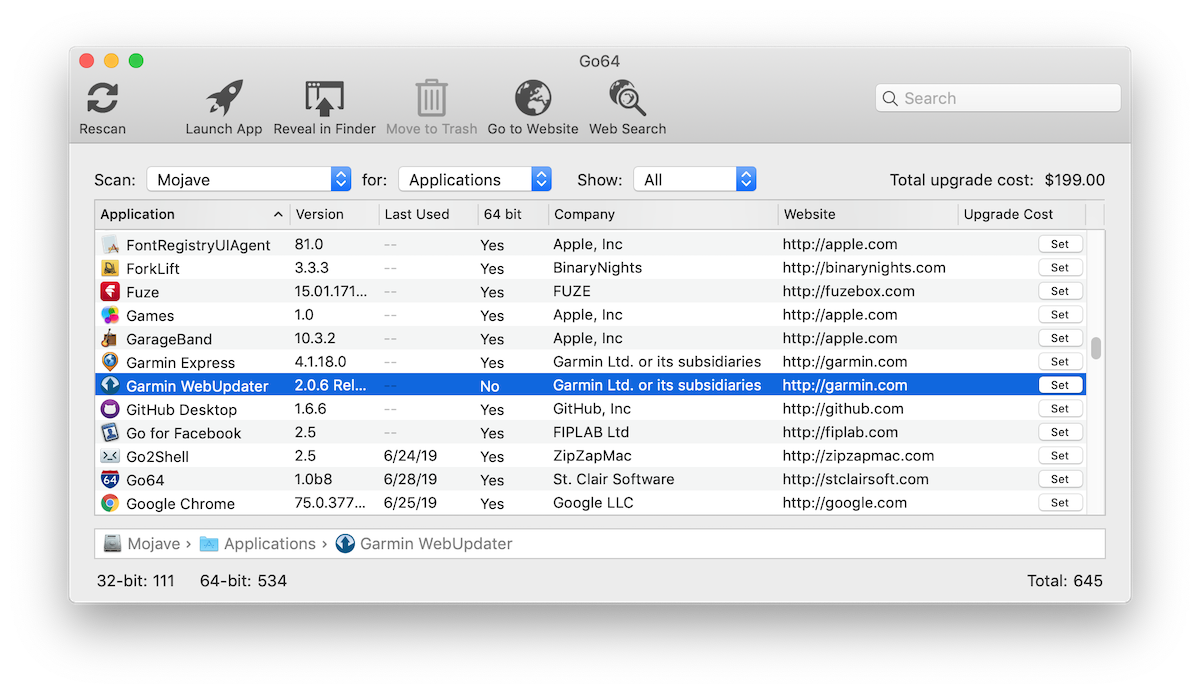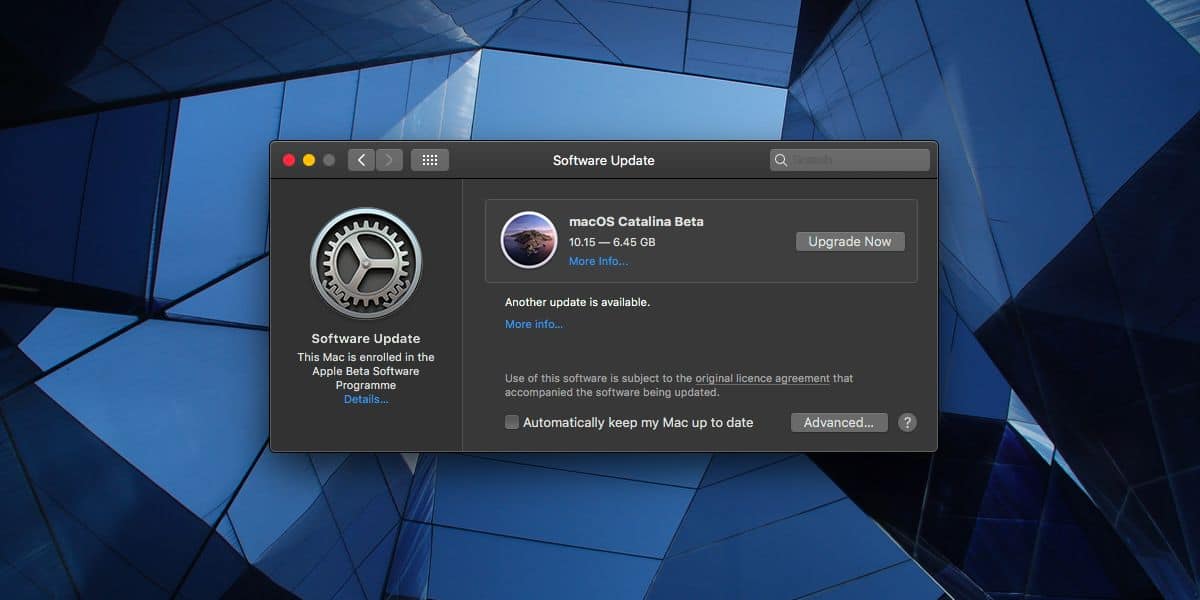- Install Garageband Catalina Free
- Install Garageband Catalina 2019
- Install Garageband Catalina Download
- Does Garageband Work With Catalina
- Is Garageband Compatible With Catalina
To get the latest features and maintain the security, stability, compatibility, and performance of your Mac, it's important to keep your software up to date. Apple recommends that you always use the latest macOS that is compatible with your Mac.
Learn how to upgrade to macOS Big Sur, the latest version of macOS.
Hi I'm looking to install Garageband on a Macbook Pro running OS Mojave 10.14.6. However when attempting to download GB from the app store apple confirms i need Mac OS 11 or later, does this mean i will have to upgrade to OS BigSur to install GB? Could i not just install the previous version. MacOS Catalina is here! Apple have also - finally - released a new update to GarageBand at the same time. After all this time. In this video, I'll walk you through enabling, installing and where to apply third-party audio plugins in GarageBand, 2019. (GarageBand version 10.3.2 o. Although the App Store app presents GarageBand 10.4.1 to users running 10.15 Catalina and claims that Big Sur is required, Apple support says that’s the result of a bad update package that will be fixed soon. (Free from the Mac App Store, free update, 797.5 MB, release notes, macOS 10.13.6+).
Check compatibility
The version of macOS that came with your Mac is the earliest version it can use. For example, if your Mac came with macOS Big Sur, it will not accept installation of macOS Catalina or earlier.
If a macOS can't be used on your Mac, the App Store or installer will let you know. For example, it might say that it's not compatible with this device or is too old to be opened on this version of macOS. To confirm compatibility before downloading, check the minimum hardware requirements:
- macOS Catalina 10.15 hardware requirements
- macOS Mojave 10.14 hardware requirements
- macOS High Sierra 10.13 hardware requirements
- macOS Sierra 10.12 hardware requirements
- OS X El Capitan 10.11 hardware requirements
- OS X Yosemite 10.10 hardware requirements
Download macOS using Safari on your Mac
Safari uses these links to find the old installers in the App Store. After downloading from the App Store, the installer opens automatically.
- macOS Catalina 10.15 can upgrade Mojave, High Sierra, Sierra, El Capitan, Yosemite, Mavericks
- macOS Mojave 10.14 can upgrade High Sierra, Sierra, El Capitan, Yosemite, Mavericks, Mountain Lion
- macOS High Sierra 10.13 can upgrade Sierra, El Capitan, Yosemite, Mavericks, Mountain Lion

Safari downloads the following older installers as a disk image named InstallOS.dmg or InstallMacOSX.dmg. Open the disk image, then open the .pkg installer inside the disk image. It installs an app named Install [Version Name]. Open that app from your Applications folder to begin installing the operating system.
- macOS Sierra 10.12 can upgrade El Capitan, Yosemite, Mavericks, Mountain Lion, or Lion
- OS X El Capitan 10.11 can upgrade Yosemite, Mavericks, Mountain Lion, Lion, or Snow Leopard
- OS X Yosemite 10.10can upgrade Mavericks, Mountain Lion, Lion, or Snow Leopard
Apple macOS Catalina is a big and important release. On this latest release, they ditch 32-bit completely, so it only runs 64-bit apps and plug-ins. Catalina also has a tighter security system, which makes it more difficult to install software or apps from unregistered developers, and nearly impossible for “unsigned” older hardware. There are also more changes under the hood, relocated files/folders, and other things that somehow prevents notarized apps or plug-ins to run as they should.
For full performance and compatibility, at the time of this writing; 30th of May, 2020; Kuassa still does not recommend updating your perfectly working production machine to macOS Catalina. There are reports about undetected plug-ins, or detected but cannot be loaded on the DAW; especially in AU format for Garageband or Logic Pro X. But on our Mac units, all current Kuassa plug-ins run flawlessly on Catalina in all formats; Audio Unit, VST, VST3, and AAX.
(on our machine, all Kuassa plug-ins works perfectly)
In case you have upgraded to Catalina and find your plug-ins missing, or if you already have Catalina and just installed Kuassa plug-ins but couldn’t find it inside your DAW; here are some instructions to follow. This guide is also applicable for those who experienced Audio Unit issues on Garageband and Logic Pro X in previous versions of macOS.
INSTALLATION
- During installation, macOS might show this dialog box showing that you cannot run the installer.
- Click Cancel for now.
- To bypass this, right click (or Ctrl+click) on the installer and select Open.
- macOS will display a similar dialog box showing an alert message, but there will be a button to Open or Run the installer.
- You can now continue with the installation.
SECURITY PREFERENCES
Install Garageband Catalina Free
- After installation, go to macOS System Preferences and click on Security & Privacy
- On the General pane, you should see the app or plug-in that was blocked from being opened in the bottom section
- Click on the Open Anyway or Allow Anyway button. A dialog box might appear, asking if you’re sure you want to trust the developer.
- Click on the Open button to proceed with launching the app.
- This Open or Allow Anyway button will only show up for 15 minutes and it’s always replaced by a newer installation.
TERMINAL COMMAND

However, there is still a problem where some AU plugins are still not recognized by the system. In most cases, either restarting or logging out and back should fix this issue. But assuming it’s still not loaded, you can use the Terminal to ‘force’ macOS to detect the plug-in.
Install Garageband Catalina 2019
- Close your DAW
- Open Terminal, either from the Spotlight Search or /Applications/Utilities/ folder
- Type or copy-paste this command: Sudo killall -9 AudioComponentRegistrar

- If asked, enter your password (it will not be displayed)
- Run your DAW again to ‘force’ detection.
REBUILD AUDIO UNIT DATABASE
This last step could take longer to execute and finish since this might make macOS show the dialog boxes and questions from the above steps. I suggest doing this in your time off, not in the middle of a working session.
Install Garageband Catalina Download
- Open Finder and go to Macintosh HD or MacSSD/Library/Caches/
- If exist, open the folder AudioUnitCache/
- If exist, Remove these files: com.apple.audiounits.cache and com.apple.audiounits.sandboxed.cache
- Remove the folder AudioUnitCache/
- Go to another folder, ~/Users/(your username)/Library/Caches/ and do the same removing process for the same file name and folder
- Restart the system
- The next time you start Logic Pro X or Garageband, all Audio Unit plug-ins will be rescanned
Does Garageband Work With Catalina
TIP: If the userLibrary folder is hidden on your macOS, you can access it with these steps:
Is Garageband Compatible With Catalina
- Open Finder
- Click on Go on the top bar menu
- Select Go To Folder
- Enter ~/Library/Caches/ and click Go